A circle has a chord that goes from #( 3 pi)/4 # to #(5 pi) / 4 # radians on the circle. If the area of the circle is #81 pi #, what is the length of the chord?
1 Answer
Obtain the radius
Explanation:
First, let's obtain the radius from the area:
Here,
And taking the square root gets us:
Here's what the circle looks like:
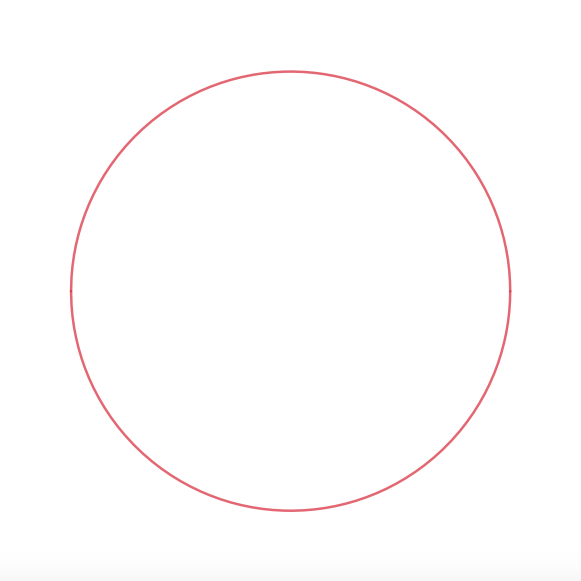
Just like any other circle. Let's just say its radius is
Anyway, we now need a chord from
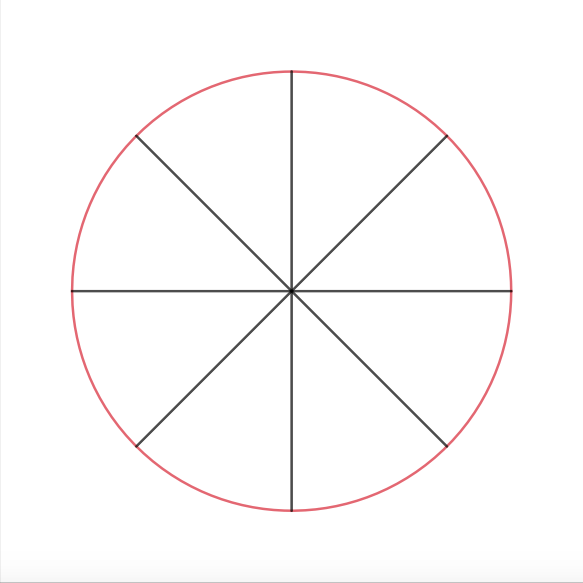
Let's start rotating! We know to start at the rightmost point of the circle, which is in this case
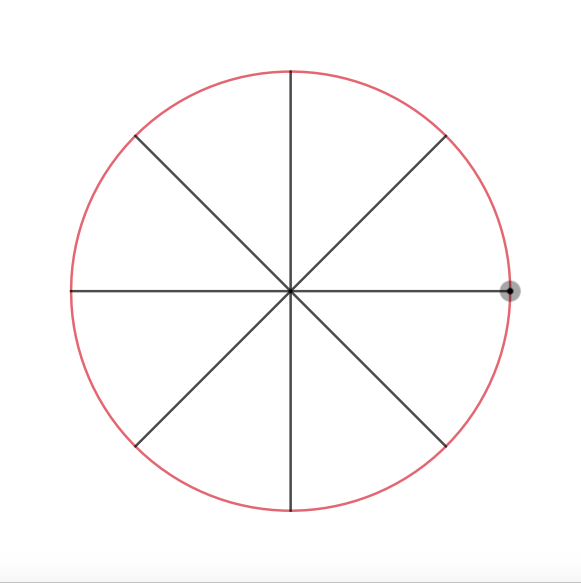
Then we can start rotating it by
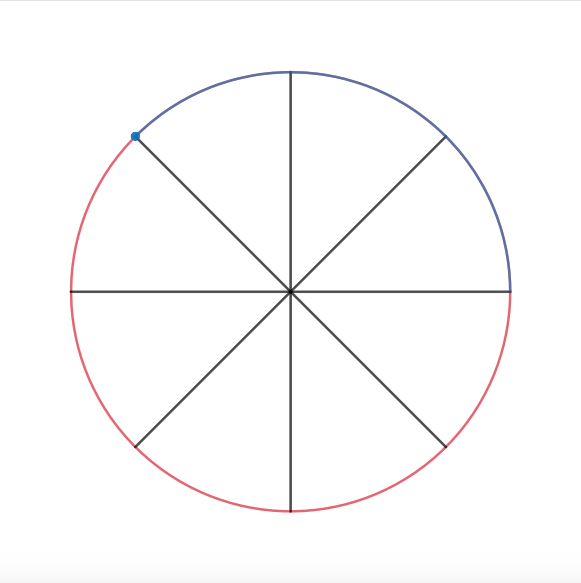
How much left do we need to go?
Ah, half-
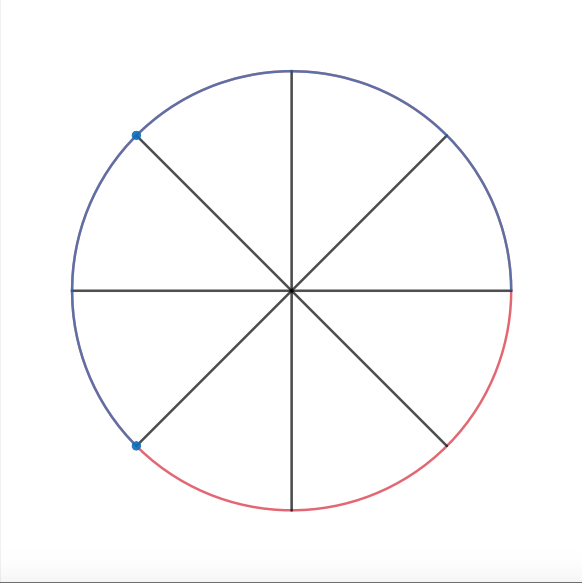
We could now draw the chord between these two points, and lift off slices we no longer need:
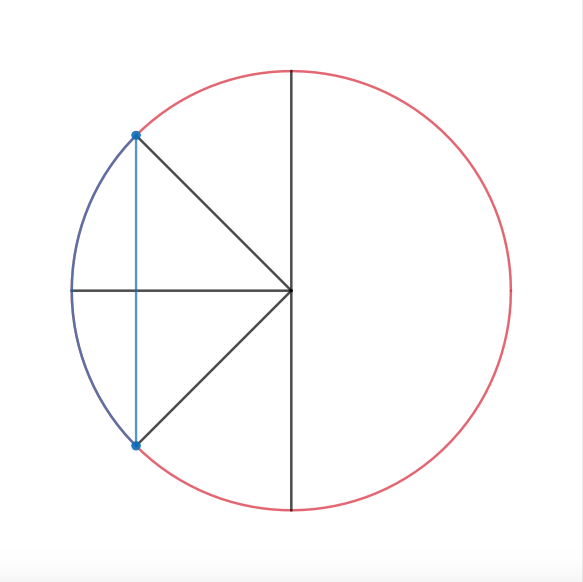
Those familiar with the unit circle might immediately get that the length of the chord must be double the sine of the angle inside that triangle, times the radius.
Why? The sine is defined as the ratio of the side of the triangle opposite of the angle, to the hypotenuse:
Multiplying by the hypotenuse, which is in this case the radius,
But, what is the angle inside the triangle?
Well, we could immediately see that it is a quarter of the semicircle, which is
The length of the side opposite to that angle would be
And the chord is double that length:

